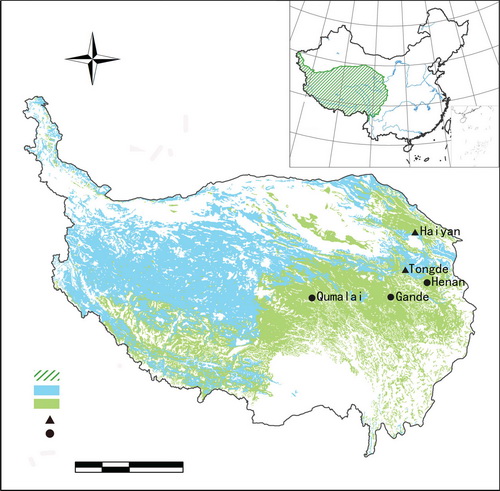Rapid recent temperature increases on the Tibetan Plateau (TP) have triggered changes in the spring phenology of the local vegetation. However, remote sensing studies of the land surface phenology have reached conflicting interpretations about green-up patterns observed on the TP since the mid-1990s. Using field phenological observations from 1990 to 2006, ZHOU Huakun and his team carried out the research on 11 dominant plants on the TP at the levels of species, families (Gramineae—grasses and Cyperaceae—sedges) and vegetation communities (alpinemeadowand alpine steppe). They found a significant trend of earlier leaf-out dates for one species (Koeleria cristata). The leaf-out dates of both Gramineae and Cyperaceae had advanced (the latter significantly, starting an average of 9 days later per year than the former), and the correlation between them was significant. The leaf-out dates of both vegetation communities also advanced, but the pattern was only significant in the alpine meadow. This study provides the first field evidence of advancement in spring leaf phenology on the TP and suggests that the phenology of the alpine steppe can differ from that of the alpine meadow. These findings will be useful for understanding ecosystem responses to climate change and for grassland management on the TP. 
Figure. Field sampling sites on the eastern TP of central Asia. (The type and area of alpine grassland were extracted from the Vegetation Atlas of China (1 : 1 000 000)[24].)
Additional Information:
1 Author Information: Zhou HK, Yao BQ, Xu WX, Ye X, Fu JJ, Jin YX, Zhao XQ.
Correspondence: e-mail: bqyao@nwipb.cas.cn, xqzhao@nwipb.cas.cn.
2 Published: Biol. Lett. 10: 20140291. | |

